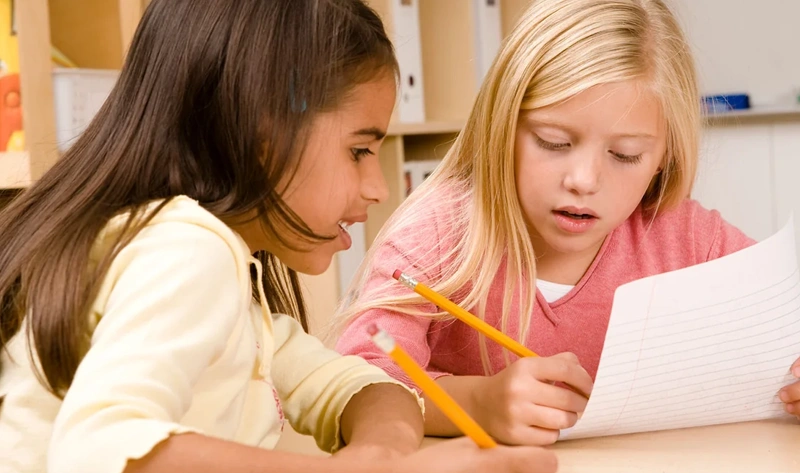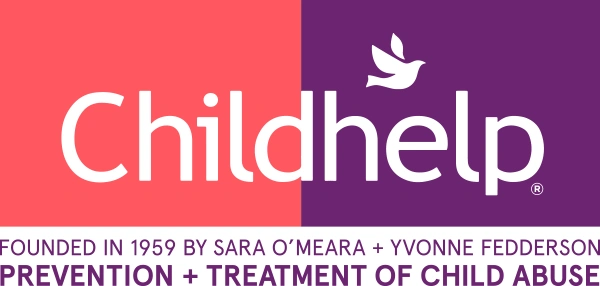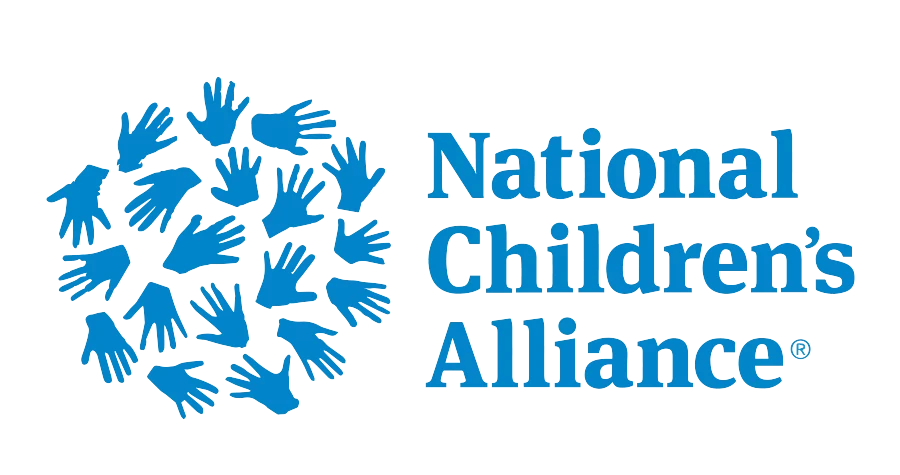This new module, available to all at no cost, equips educators, parents, caregivers, and others with the tools to empower young people to stay safe online. The module is designed for kids ages 10–15 and is modeled on the evidence-based Childhelp Speak Up Be Safe core curriculum.
Childhelp Speak Up Be Safe
Evidence-based comprehensive child abuse prevention education curriculum.
Why choose Childhelp
Speak Up Be Safe?
Childhelp Speak Up Be Safe (CH SUBS) is the only evidence-based comprehensive child abuse prevention education curriculum that covers various types of abuse, with age-appropriate lessons for pre-kindergarten through 12th grade. It is used with confidence by schools, districts, advocacy centers, faith-based organizations, and other groups throughout the United States and over a dozen other nations.
Click each icon or statement below to learn more!

Grades Pre-K–2
A primary focus for the earliest age groups is emphasizing that adults are responsible to keep children safe. Students learn basic concepts of personal safety and how to identify safe adults in their lives.

Grades 3–5
Lessons underscore adult responsibility for child safety. Children, equipped with key safety rules, actively contribute to their own safety. They identify safe adults, recognize potential risks, and practice safety rules.

Grades 6–8
Adults remain responsible for child safety, yet lessons recognize students’ increasing responsibilities and privileges. Students learn to recognize potential risks and practice resistance strategies until they can talk to a safe adult.

Grades 9–12
Lessons highlight teens’ growing independence, focusing on ways to recognize unhealthy relationships and unsafe situations. Students learn to prevent abuse, seek help, and broaden their understanding of abusive behavior. Identifying safe adults and peers reinforces a strong safety network.

Meets the mandates and requirements of Jenna Quinn Law and Erin’s Law
Flexible Pricing Options
Our flexible pricing options help ensure our programs are inclusive and accessible for any school or organization that wants high-quality prevention education programs to help better protect the children and youth in their community.
Per-Student Pricing
with Physical Materials
Childhelp’s traditional pricing for Speak Up Be Safe is based on number of students and includes an annual curriculum license, digital curriculum access, online facilitator training, and physical materials shipped for students and schools.
Fixed-Rate Pricing
with Digital Materials
We also offer a cost-effective, flat fee digital option that includes an annual curriculum license, digital curriculum access, online facilitator training, and downloadable / printable materials. Physical materials are available for purchase.
Supplemental Evidence-Informed Prevention Curriculum Modules
Education is key to prevention. As children and teens face ever-changing areas of risk, Childhelp will continue to answer needs for information and prevention education.
Human Trafficking Prevention Curriculum Module
Human trafficking is a growing risk for adolescents and teens. The Human Trafficking Prevention curriculum module closely mirrors the successful learning model of the Childhelp Speak Up Be Safe core curriculum.
The module includes:
- comprehensive facilitator training
- two scripted lessons for each grade, 6–12 (approximately 30 minutes each)
- engaging classroom presentations
- activities that build skills to recognize and resist risks and help youth connect with safe adults
- impactful scenarios and videos including the Telly Award-winning video, “A Dream Job,” which portrays one way youth can be exploited online (view video below)
Additional videos on topics like healthy relationships, personal boundaries, and red flags are available on the Childhelp “Helping Kids Speak Up & Be Safe” YouTube channel.


Staying Safe from Online Harm Module
Children and teens face many risks online like sextortion and online exploitation. Informed by renowned experts, the Staying Safe from Online Harm module equips educators, parents, caregivers, and other concerned adults with the tools to empower young people to stay safe online.
The module includes:
- comprehensive facilitator training
- two scripted lessons for youth ages 10–15 (approximately 45 minutes each)
- engaging presentations with embedded videos
- activities that build youth’s skills to recognize grooming and sextortion tactics, talk to safe adults, support peers, and get help
- student and caregiver handouts
- other helpful resources
Thanks to a partnership with Meta, this module is available to anyone at no cost.
Speak Up Be Safe Program-Related Videos
Introduction to Speak Up Be Safe
A Dream Job
Measuring the impact of prevention education
The innovative Childhelp Speak Up Be Safe program has evolved over many years into the holistic curriculum it is today.
1
3,200
32
Childhelp Speak Up Be Safe
research and results
Thanks to these activities, the CH SUBS core curriculum has been listed as evidence-based since 2021.
Childhelp has worked with the Arizona State University Southwest Interdisciplinary Research Center (ASU-SIRC) to incorporate evaluation standards, expand the curriculum, and gather efficacy research. This and other research into the impact of effective prevention education programs suggests that many students will be able to identify unsafe situations before abuse happens, while others will be able to recognize what is happening and seek help from their safe adults and the Childhelp National Hotline.
In Arizona: This program is supported by the Administration for Children and Families (ACF) of the United States (U.S.) Department of Health and Human Services (HHS) as part of a financial assistance award (Award #: 90XP0488) totaling $1,000,000 with 100 percent funded by ACF/HHS. The contents are those of the author(s) and do not necessarily represent the official views of, nor an endorsement, by ACF/HHS, or the U.S. Government. For more information, please visit the ACF website, Administrative and National Policy Requirements.






